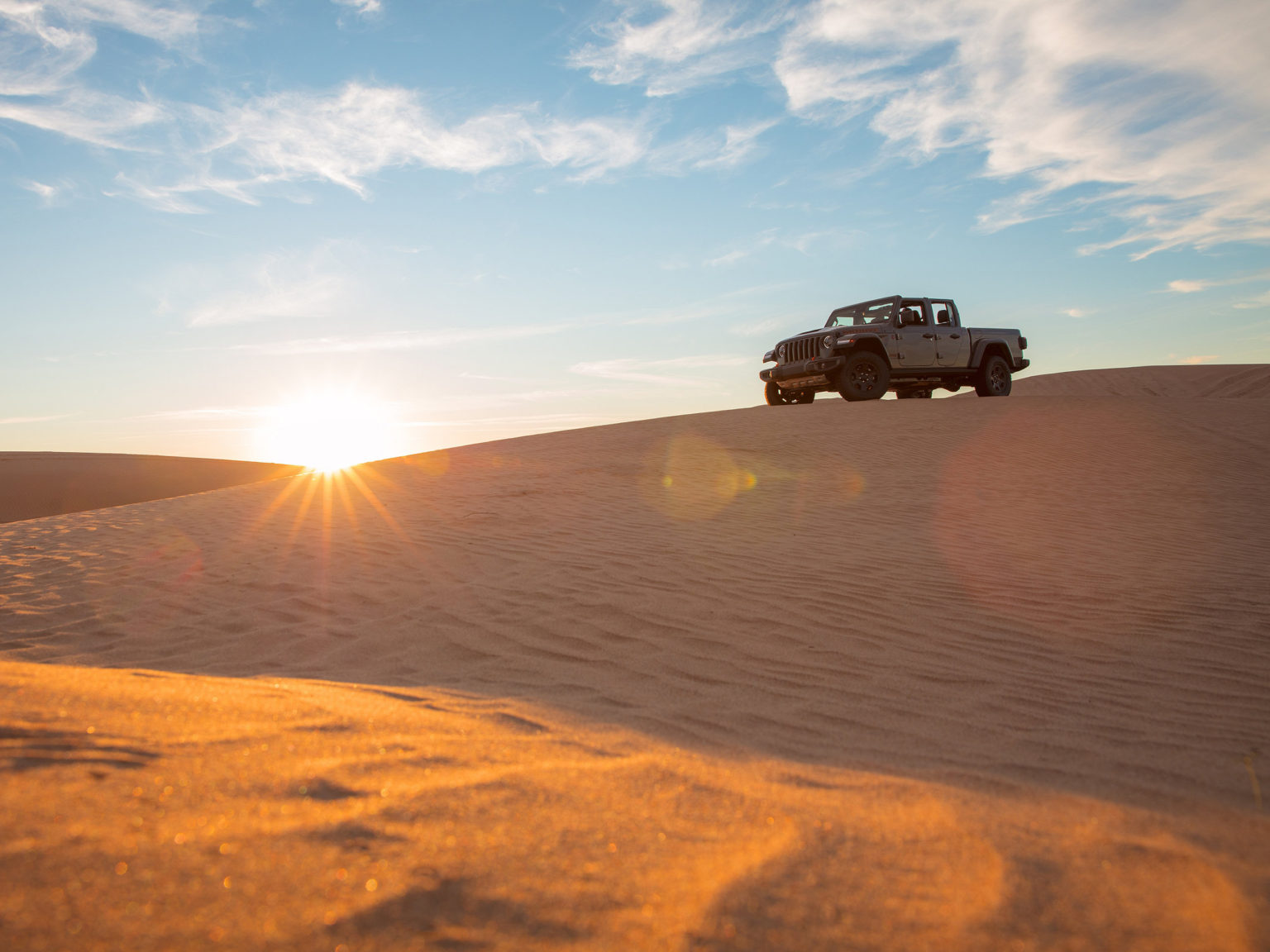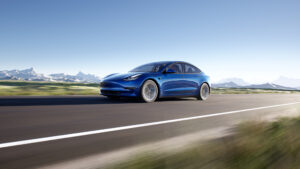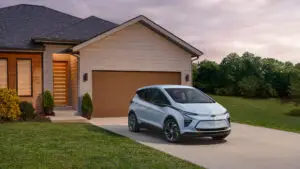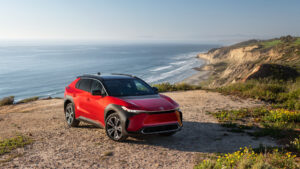When it was launched last year, Gladiator became the first pickup truck to wear the Jeep badge in more than 25 years. A lot has changed over that span.
How long ago was 1986? “The Oprah Winfrey Show” was just making its debut. Mr. Mister topped the charts with “Broken Wing”. Ronald Reagan was coming to the end of his second term as president. The Chevrolet Celebrity was America’s best-selling car. And Jeep had just introduced the Comanche compact pickup truck.
Photo courtesy of FCA US LLC
Today, SUVs rule the roadways and pickup trucks are replacing luxury imports in suburban driveways. So it’s not surprising the differences between Gladiator and Comanche are as vast as the gap between Warren Buffet’s net worth and my own.
In 1986, Jeep introduced the Comanche to try to cash in on the compact pickup craze that was in full force back then. Ford Ranger, Chevy S-10, and the Toyota SR5 each sold well into six figures and little AMC was hoping to capture a piece of that pie via their Jeep brand. Without the resources to develop a new truck from scratch, however, they took an interesting route to developing a compact truck.
AMC engineers and designers basically cut a unibody XJ Cherokee in half and attached a box rail frame to the back end of the compact crossover, creating the first ever “uniframe” chassis. From the B-pillar back it featured a purpose-built steel rail frame with an X-brace adding stiffness over the rear axle. At launch, Comanche was offered only as a standard cab in both 2×4 and 4×4 configurations. It was a little larger than its rivals with a 7-foot 4-inch box and an overall length of 194 inches.
Performance clearly wasn’t in the design brief for Comanche. In its first year of production it had three engine options available, none particularly energetic: a 2.5-liter four-cylinder gas engine made 117 horsepower and 135 pound-feet of torque, the 2.1-liter turbodiesel sourced from Renault made 82 horsepower and 132 pound-feet of torque, and a General Motors-built 2.8-liter V6 delivered 115 horsepower and 150 pound-feet of torque. Available transmissions included four and five-speed manuals as well as a three-speed automatic.
Comanche was really designed to walk the line between work and play. In its base versions the truck was extremely utilitarian and affordable, starting out at just over $7,049 for a short bed two-wheel drive truck. That made it perfect for a commercial painter, residential landscaper, or other subcontractor. In its 4×4 versions, especially in the more upscale Laredo trim, Comanche was designed to appeal to outdoorsmen and adventurers.
The 1986 Jeep Comanche was the first vehicle to have a uniframe chassis.Photo courtesy of FCA US LLC
Comanche was not a very capable off-roader thanks to it’s hybrid frame and modest ground clearance. Those who wanted it to do Jeep-like feats over rugged terrain would either be disappointed or have to invest a lot of money in aftermarket accessories and modifications.
After Chrysler purchased AMC in 1987, Comanche was updated a few times. Most notably, the GM V6 was jettisoned for a 4.0-liter inline six that boosted output to a respectable 173 horsepower and 220 pound-feet of torque. An Aisin four-speed automatic replaced the TorqueFlite three-speed, and a 6-foot short bed option was added.
Shortly after the Chrysler takeover, however, it became clear there wasn’t room for both the Comanche and Dakota pickups in the corporate garage, so Comanche was phased out in 1992, having sold just 190,000 trucks during its entire six-year run.
Fast forward 27 years to the Jeep Gladiator and you’ll find a pickup truck so different from the Comanche, it’s hard to believe they come from the same company.
Unlike Comanche, Gladiator is laser-focused in its purpose as a recreational truck. There’s no pretense of it being used for any type of traditional work and it’s available only in a four-door crew cab configuration. At its unveiling at the 2018 L.A. Auto Show, Jeep showed it off with dirt bikes, quads, jet skis, and other toys. Officials were quick to point out that Gladiator in the Rubicon trim was every bit as capable an off-roader as the Wrangler upon which it is based. Gladiator is the epitome of a “lifestyle vehicle”.
Tim Kuniskis, Head of Jeep Brand North America, introduces the 2020 Jeep Gladiator at the Los Angeles Auto Show.
Photo by Joe Wilssens Photography
It would be easy to dismiss the Gladiator as a merely a Wrangler Unlimited with a bed, but that would be selling it a bit short. True, Gladiator is built in the same Toledo, Ohio factory as Wrangler and uses all the same drivetrain components – 3.6-liter Pentastar V6 and six-speed manual or eight-speed automatic transmissions with identical ratios, axles, transfer cases, etc.
The longer wheelbase and added weight transforms Gladiator into something different altogether from a ride and handling perspective both on and off-road. Gladiator is smoother, more stable, and more refined on the road than the Wrangler. Off-road, Gladiator is limited by its length. Its turning radius is 10 inches wider and the breakover angle much shallower. Even still, especially in Rubicon trim, Gladiator can take you deep into the wilderness and get you back in the toughest of terrain.
Compared to the old Comanche, Gladiator is both massive and luxurious offering comfort, safety, and convenience features that were unimaginable in a truck in the mid-1980s. Even with it’s 5-foot box, Gladiator is two feet longer than the Comanche long bed. And let’s talk about the box. While it can hold a few plants, a bale of hay or two, or a small lawn tractor that’s not really what it’s designed for. Gladiator is all about the weekend. It delivers best-in-class towing capability for your ski boat or camper. Mopar offers over 200 accessories specifically developed for Gladiator – everything from kayak racks to bicycle carriers, tie downs, tonneau covers, and cargo carriers.
Opt for a Gladiator Overland with the Popular Equipment Package and you’ll get leather trimmed-seats, premium audio with an 8.4-inch touchscreen, navigation, and more. Riding on all-season radials with standard four-wheel drive, it’s a street-oriented pickup that will get you to your cabin in just about any weather and do it more comfortably than the Comanche could ever have hoped to.
The Jeep Gladiator’s interior is quite well appointed in its top-tier grades.
Photo courtesy of FCA US LLC
In contrast, the standard Comanche epitomizes 1980s automotive design with a vinyl-covered bench seat, a skinny molded steering wheel, and more plastic than you’ll find in a cosmetic surgeon’s office in Beverly Hills. In 1989 bucket seats were offered in the sporty Eliminator package. No matter the trim level, Comanche’s interior never approached the comfort and utility of even the base Gladiator.
So yes, Comanche and Gladiator are both pickup trucks and they’re both Jeeps. That’s where the similarity ends, and that’s probably for the best.









